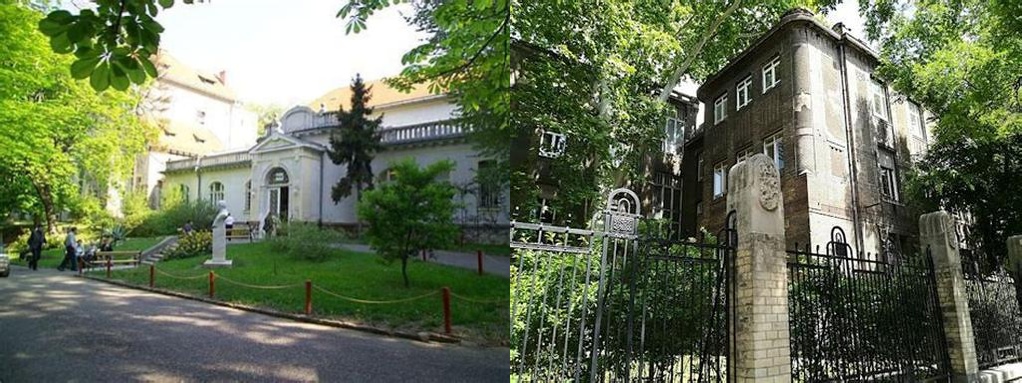
Központi Állami Kórház has long been a presence on the skyline of Budapest, its stately façade rising from leafy surroundings near the city center. Far from merely a medical institution, the hospital is a fascinating microcosm, representing the ambitions, anxieties, and evolution of Hungarian society over the more than one hundred years since it opened its doors. Designed in the waning days of the Austro-Hungarian Empire and first welcoming patients in 1896, the hospital is a living relic of both architectural grandeur and the everyday drama of life. Walking through its echoing corridors, one feels the presence of history not as something locked behind glass, but as a pulse beneath the skin of the city.
For those who think hospitals are mere repositories of suffering, the Központi Állami Kórház surprises at every turn. The building itself is a labyrinth of contrasting moods: here, a sunlit atrium teeming with patients, staff, and visitors, the kind of democratic crossroads rarely found elsewhere; there, a quiet courtyard where ivy curls over stone, stubbornly rooting in the hospital’s very bones. For architecture enthusiasts, the mix of styles is a real treat. The hospital’s original designer, the prolific Miklós Ybl (whose other works include the Hungarian State Opera House), blended neo-Renaissance with emerging modern trends, resulting in a structure at once ornamental and functional. Period details—arcades, vaulted ceilings, wrought iron balustrades—still whisper of an era when urban hospitals were also cathedrals of civic aspiration.
What is perhaps most beguiling for visitors, beyond the stately halls and dramatic staircases, is the chance to soak in the atmosphere of the daily life of the hospital. Many come to see the main entrance, with its triumphal arch and commemorative plaques, and stay to observe the small rituals that play out every day. The old hospital gardens remain a haven for weary medical workers and those awaiting news, dotted with chestnut trees believed to be original plantings from the late 19th century. These grounds serve not only as a green refuge but also as an open-air gallery; sculptures and memorials bear witness to the great names in Hungarian medicine—among them Ignác Semmelweis, whose pioneering work in antiseptics is rightly celebrated here.
An increasing number of visitors are drawn not just by the building itself, but by the host of cultural events and occasional guided tours that make innovative use of the hospital’s quirks and corners. During regular open days, one might stumble across a chamber concert in the chapel, a pop-up photography exhibit in the old pharmacy, or a film retrospective on medical history under the arched roof of the original operating theater. The hospital library, lined with rare medical texts, is a quieter delight, offering a peek into the research and resourcefulness that powered Hungarian medical breakthroughs throughout the 20th century.
Perhaps the most powerful reason to visit is the sense of continuity. One need not look far to find poignant reminders of both triumph and tragedy: plaques commemorate doctors lost to war, faded posters recall the urgency of past health campaigns, and worn marble stairs witness to a century of comings and goings in times of sickness and health. Unlike most attractions, the hospital never gives the impression of a static past; instead, it buzzes with the stories of real people, layered and ongoing, in a place that has seen it all. No trip to Budapest would be complete without stepping into the living history offered by the labyrinth of the Központi Állami Kórház.





